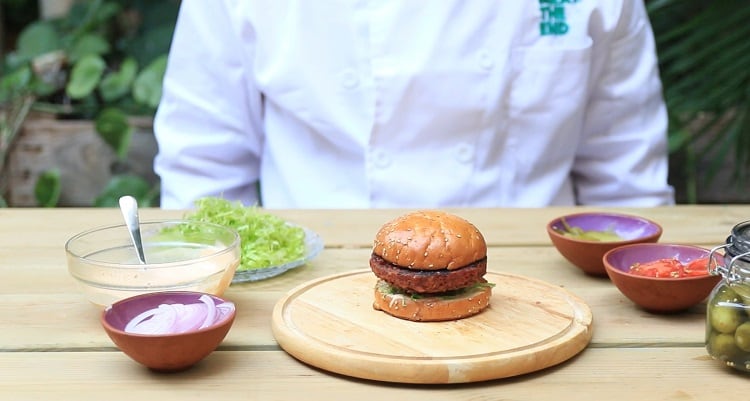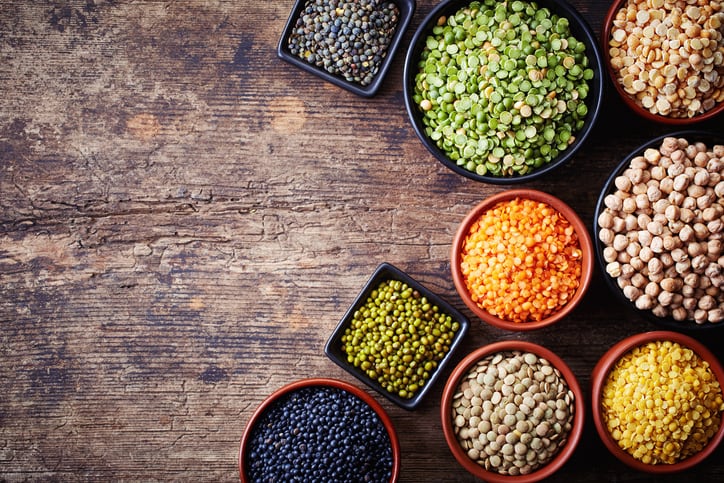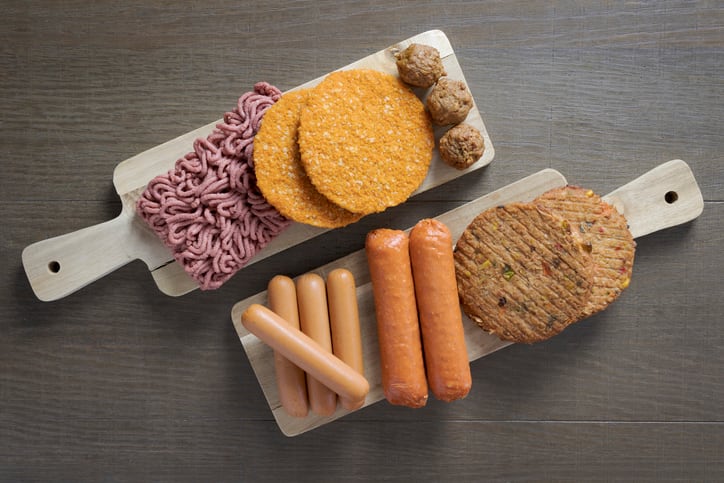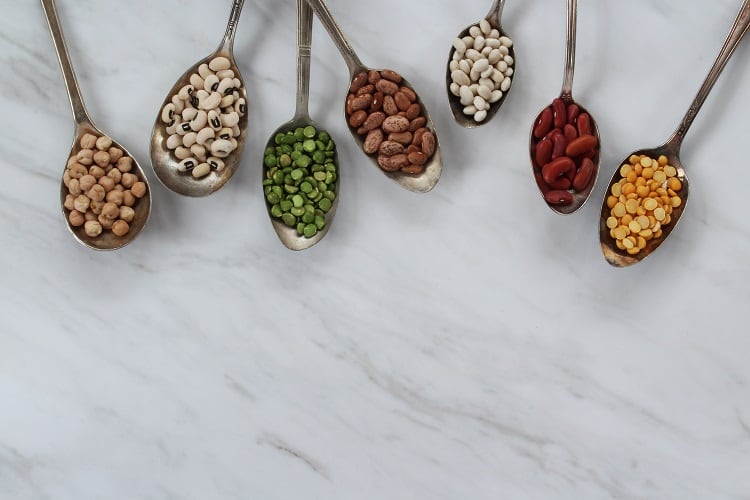The plant-based meat market is well and truly established. Valued at more than $4.3bn, the sector is expected to reach $8.3bn by 2025, according to MarketsandMarkets.
The market research firm puts this down to significant investments in the space, as well as growing flexitarian populations and increased interest in the health benefits of a plant-based diet.
Despite rising demand, not all are convinced current plant-based meat analogues are where they should be in terms of functionality. For entrepreneur Dr Yishai Mishor, for example, vegan burgers, sausages, and minced meat alternatives represent ‘really impressive achievements’ in taste, yet ‘mediocre’ achievements in texture.
To address this challenge, Dr Mishor has teamed up with with food engineers Moshe Nesher, David Bensal, and Dr Benny Streim – alumni from Nestlé Israel, Strauss Coffee, and Solbar respectively – and founded B2B start-up Meat.The End.
Identifying ‘the problem’
Meat.The End’s mission is to reduce global meat consumption, and in doing so, reduce the climate impact of the agrifood sector.
Conventional meat production has a significant carbon footprint. Beef, for example, emits two to nine times the amount of greenhouse gases (GHGs) of other animal products, and more than 50 times the GHGs of plant-based foods per unit of protein.
“We want to reduce meat consumption, but you cannot force meat eaters to switch to plant-based,” Dr Mishor told this publication. “However, you can convince them to want to switch, by offering them a more attractive alternative.”
This was Meat.The End’s starting place. “It’s a unique story for a start-up, because usually you start with technology and then look for a product. Here, we started with the team, then we had a problem and then we had the technology,” the CEO explained.
So how did the start-up identify ‘the problem’? The founders took ‘several months’ to examine the market, Dr Mishor recalled, analysing available products, reading customer reviews, and conducting blind tastings.
“In one word, it was texture. Texture is everything that happens in your mouth when you eat that is not associated with your taste buds. It’s the physics of chewing. It’s when something is crispy, juicy, and gummy, etc.”
Only when a product is developed that has the same chew and bite as real meat, ‘that makes consumers check the ingredients list to check whether it is made from soya or cow’, will we observe a ‘massive transfer’ from animal protein to plant protein, we were told.
“Before that, the numbers are just not high enough. So if you want to accelerate change, you have to fix texture.”
Fixing the bottleneck
That is not to say that meat analogues have not progressed in recent years. Dr Mishor credits industry with having made ‘two incredible achievements’ over the last couple of years.
“The first is about taste, and the second concerns how we think about plant-based meat alternatives. Nowadays, what we buy in the supermarket is ready-to-cook. It’s replicating the cooking experience of real meat.
“That’s something that Beyond Meat, Impossible Meat, and Nestlé now understand. They are trying to provide the experience of eating real meat. Our vision for our product is to take care of the third aspect, which is texture.”
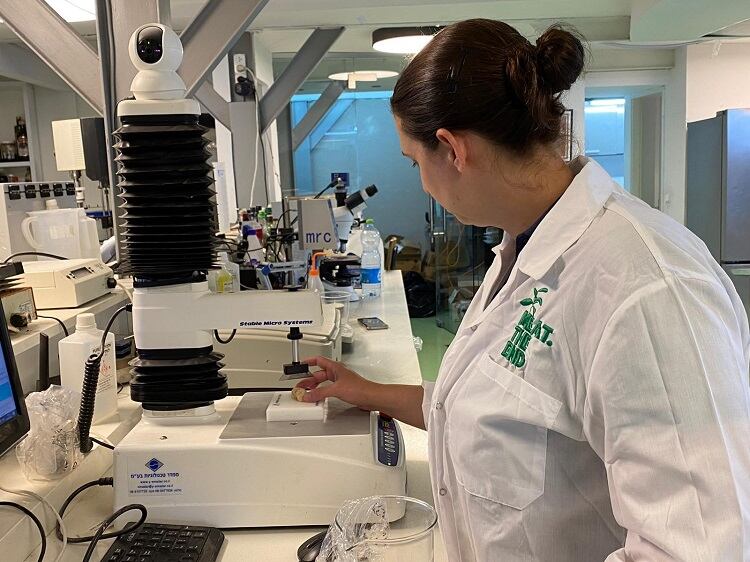
For Meat.The End, currently texture is ‘the most problematic bottleneck’ for industry. “All of the companies I mentioned offer more of less the same texture…all of them use extrusion technology,” the CEO told FoodNavigator.
The benefits of extrusion technology are at least three-fold: it’s efficient, inexpensive, and can produce several tonnes of textured vegetable protein (TVP) per hour. “So you’ve got yourself a continuous production line that can create a lot of food very quickly.”
The downside is that advocates of this technology struggle to differentiate their products from competitors’. They are essentially ‘using the same building blocks’ for their plant-based burgers.
“What we wanted to do was find a solution that seriously upgrades texture. The vision for Meat.The End products is to have a texture indistinguishable from real meat.”
‘We are reinventing traditional extrusion’
The start-up recently submitted its first patent application for its new texture technology. While Dr Mishor couldn’t reveal too much without divulging IP, he did disclose it is based on extrusion.
Customers won’t require a new production line to use Meat.The End’s product. “Rather, you can use existing production lines, meaning overall capital expense required is very low.
“We are adding some steps before, during, and after,” the CEO continued. “Basically, we are reinventing traditional extrusion in a way that achieves TVP to create a final product with a significantly better bite – one that is much closer to real meat.”
Meat.The End’s technology is ‘cheap’ in the sense that ‘cost of production doesn’t jump too much’, and is ‘very effective’. It also enables a ‘short time to market’.
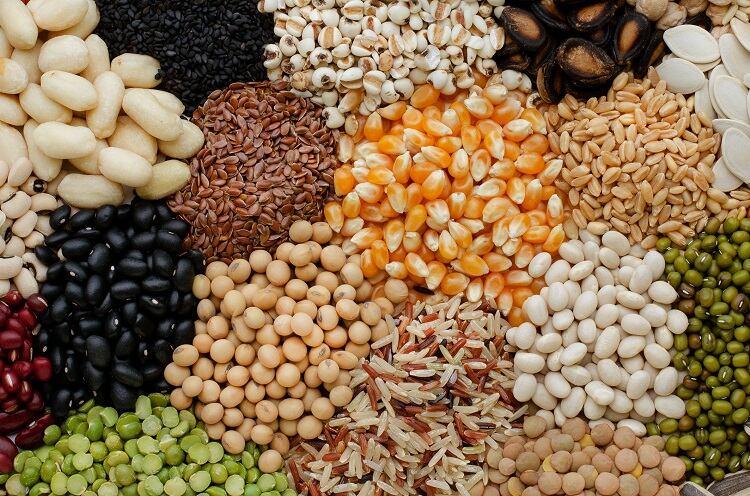
The start-up is differentiating itself from others in the space that are working to develop new protein sources.
While currently Meat.The End is working with soy, its solution will be relevant to ‘many different kinds of protein’. “All over the world, efforts are being made to find new protein sources, such as mealworms and chickpea etc. Eventually, in a few years, some of these efforts will materialise and we will experience a tsunami of new protein sources being poured into the market.”
At that time, manufacturers will need to adapt their production technologies to these new proteins, and Meat.The End will be there to help, we were told. “We’re turning new protein sources into new production opportunities.”
Commercialisation plans
The start-up’s first proof of concept is a soy protein burger. As a B2B company, Meat.The End plans to license out its technology to manufacturers and ingredient companies. “Essentially, any business with an extruder in their facility is relevant to us,” explained the CEO.
While minced products, such as burgers and meatballs, are the start-up’s initial focus area, its technology can be used to produce ‘all kinds of meat alternatives’, including whole cuts and seafood.
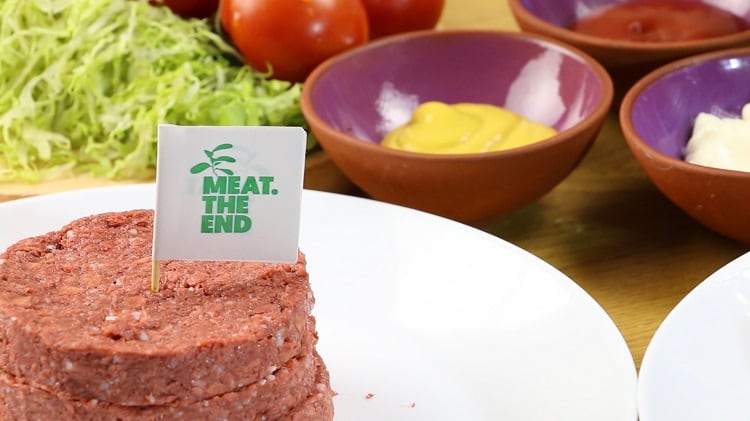
Meat.The End has been working with German extrusion machine manufacturer Coperion in their pilot facility. Having closed a pre-seed funding round of $500,000 last December, which enabled the start-up to develop a proof of concept and file its first patent, it is now looking to raise $2m in a seed round.
This will enable the business to purchase its own extrusion machine and setup a pilot facility in Israel for the production of a ‘full prototype’ ready for commercial use.


